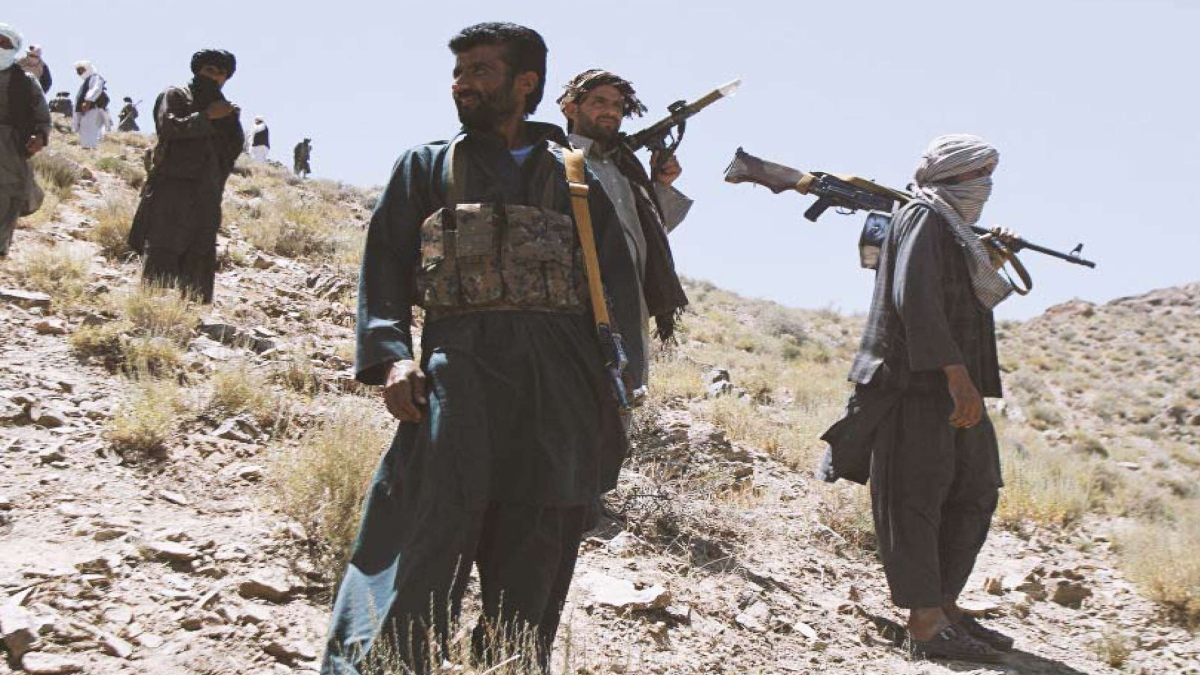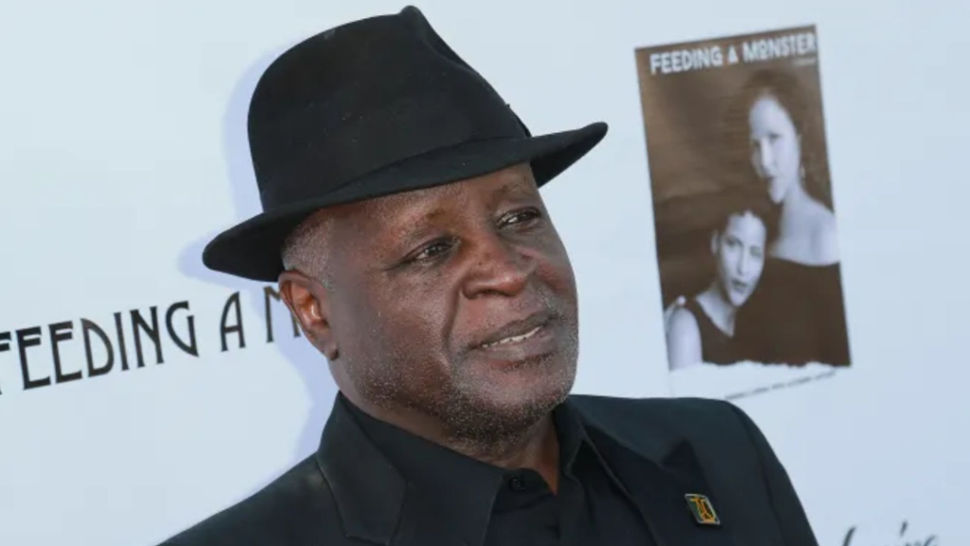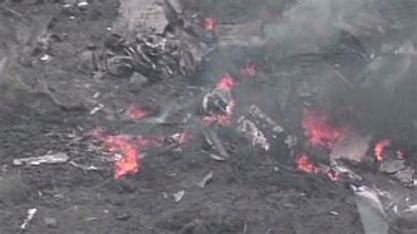The recent attack in Dasu proved the fact that Pakistan-generated terrorist camps are not in the control of Pakistan. Pakistan was making lame-duck excuses, Beijing said strongly in the face of Islamabad’s claim describing the incident as a “bomb attack” and demanding punishment for the perpetrators and steps to ensure the safety of Chinese personnel, institutions, and projects in Pakistan. The incident took place in the Dasu area of Upper Kohistan district of the restive Khyber Pakhtunkhwa province where Chinese engineers and construction workers are helping Pakistan build a dam, which is part of the $60 billion China-Pakistan Economic Corridor — thirteen people, including nine Chinese nationals, were killed. It also noted that there have been previous attacks on Chinese nationals in Pakistan.

The US military’s withdrawal from Afghanistan and strategic gain of the Taliban is called the victory for Pakistan. It seemed so in the short term. The speedy withdrawal of US troops from Afghanistan has been matched by the swift advance of the Taliban across the nation. Taliban leadership has claimed that it is in control of 85 per cent of Afghan territory. Whether the Taliban claims are accurate or not, there is no doubt that it is gaining military ground. The US army camp and arsenals were being captured by Taliban. The peripheral areas are under Taliban dominance, but major urban areas are out of its control. It should not be forgotten that during the first phase of Taliban rule major cities were out of its control. Taliban and Pakistan are in cohorts.
Pakistan not merely engineered Doha Peace Deal but nurtured and guided the Taliban during American onslaught since 2001. The current Chinese role in Afghanistan made Pakistan more viable. The ISI (Inter-State Intelligence) is the main body of Pakistan that trained and strategized Taliban. Therefore, it is quite natural to see that the future roadmap of Afghanistan is going to be designed by Pakistan’s military and ISI. But that is surface reality. The Inner Dynamics look different.
In the long route, Pakistan seems to be pushing itself into a quagmire of trouble and miseries. There are solid reasons to establish this truth.
Pakistan-Afghanistan relations had not been very cordial. Both countries were on verge of war twice— in 1960s and 70s— on the issue of boundary disputes. Afghanistan-Pakistan boundary is spanned almost 2600 KM long which is called Durand Line, sketched in 1893. Afghanistan never recognized this boundary line. Pakistan government has been fencing the boundary since 2017 which was opposed by Afghanistan. The Pashtun factor is another canker in bilateral ties. There is a bad Taliban and good Taliban for Pakistan. The bad Taliban is considered Tehrik-e-Taliban Pakistan (TTP) which has strong sanctuaries in Afghanistan. The current external powers like China and Russia which are supporting Pakistan, have been very apprehensive of Islamic terror outfits. The drama is scripted to large extent by Pakistan but actors which are in the lead role in the game are not under the control of Pakistan. There is a great possibility that ensuing civil war-type conditions in Afghanistan will spin-out from the basket and hit Pakistan badly.
Let us examine each factor in detail. The Pakistani Taliban, called the Tehreek-e-Taliban Pakistan (TTP), operates in the country’s northwestern region. The Pakistani army had forced the TTP fighters to retreat, but they are now feeling emboldened by the changing dynamics in Afghanistan. Since the start of the year, the TTP has claimed 32 attacks inside Pakistan. A UN report last year stated that more than 6,000 TTP fighters had taken refuge in Afghanistan. Pakistan, which helped the Taliban rise to power in the 1990s, is now worried about a resurgence of the TTP, a group that has been blamed for 70,000 deaths of civilians in the country since the U.S. invasion of Afghanistan in 2001. TTP may see an opportunity to attack Chinese projects to influence policy in Islamabad.
As the Taliban makes gains, many Afghans are fleeing villages for the relative safety of bigger cities. Pakistan expects 500,000 refugees from Afghanistan, and authorities have said they will be kept in border camps. More than 1.4 million registered Afghan refugees are already in Pakistan, according to the United Nations High Commissioner for Refugees. Not merely refugee camps are going to be eye shore for Pakistan military but many of the TTP fighters will move in disguise as a refugee. This could trigger incessant terrorist attacks in different places of Pakistan including Chinese projects. The CIPEC could be the prime target. It will have a chain reaction for Pakistan.
Secondly, the Durand Line issue has continued to complicate the unpredictable nature of the Afghan-Pakistani relationship since the birth of Pakistan. No Afghan government, including the present one headed by President Ashraf Ghani, has ever recognized the legitimacy of the Durand Line, which runs through mountainous terrain and remains largely unpoliced. The Durand Line, which is viewed by many Afghans as an arbitrary and nonsensical reflection of geography, history, and culture, is an existential issue for Pakistan. Over a period, numerous studies suggest that the Durand line is legally void, hence Pakistan has no legal right to control over the territories, which Afghanistan considers as its own.
Third, Pakistan’s Northwest Frontier Province and tribal areas probably will continue to be poorly governed and the source or supporter of cross-border instability. With a population of about 39 million and growing at 2.33 per cent annually, it has a GDP of $19 billion, placing it among the world’s poorest countries. It ranks 173 out of 177 in the world HDI rankings. Almost 45 per cent of the GDP is due to grants from America and its allies, Saudi Arabia, and some from even countries like India. Afghanistan’s own revenues are less than 10 per cent of its GDP. The other numbers in Afghanistan are equally distressing. In 2015, the country produced nearly 7,000 tons of opium and converted almost 670 tons of heroin. Afghanistan now produces 87 per cent of the world’s heroin.
Pakistan’s strategy of terror will derail Afghanistan economic and social status in post US withdrawal. Neither America nor India is going pump money to revamp the gap. Chinese support is limited to its strategy and connectivity for CPEC. Therefore, the second phase of Taliban rule under the supervision of Pakistan is set to be disastrous for South Asia in general and Pakistan in particular. There is a huge youth population and majority of them are unemployed. So, youth could be cannon for unrest and political turmoil.
Fourth, Taliban has close links with as many as 20 terror groups who operate across the region from Russia to India. Their activities are already visible on the ground, and they pose a significant threat to the region. The resulting Kingdom of Afghanistan was and remains ethnically, linguistically, and religiously diverse. Today, Pashtuns are the largest ethnic group within the country, but they represent only 38 percent of the population. An almost equal number of Pashtuns live across the border in Pakistan’s Northwest Frontier Province. Ethnic Tajiks comprise a quarter of the population. The Hazaras, who generally inhabit the center of the country, represent another 19 percent. Other groups— such as the Aimaks, Turkmen, Baluch, Uzbek, and others comprise the rest. Linguistic divisions are also focused. In addition to Dari (the Afghan dialect of Persian that is the lingua franca of half the population) and the Pushtun’s own Pashtu, approximately ten percent of the population.
Fifth, neither Moscow nor Beijing would want to see Afghanistan becoming the nursery of international terror again under the Taliban. For China, potential Taliban support to the Xinjiang separatist groups is a major concern. Russia does not want unrest to percolate down in Central Asian states. Afghanistan shares its boundaries with three Central Asian states. Tehran cannot ignore the Sunni extremism of the Taliban and its oppressive record in dealing with the Shia, and Persian-speaking minorities. America has left but still holds the sway. If things become worse American pressure tactics can twist Pakistan’s arms.
Finally, the contradiction between the interests of Afghanistan and Pakistan is an enduring one. While many in Pakistan would like to turn Afghanistan into a protectorate, Afghans deeply value their independence. All Afghan sovereigns, including the Taliban, will inevitably look for partners to balance Pakistan. The current condition is very fluid. Most likely Afghanistan is moving towards civil war. That could be detrimental not merely for Afghans but for Pakistan too.







